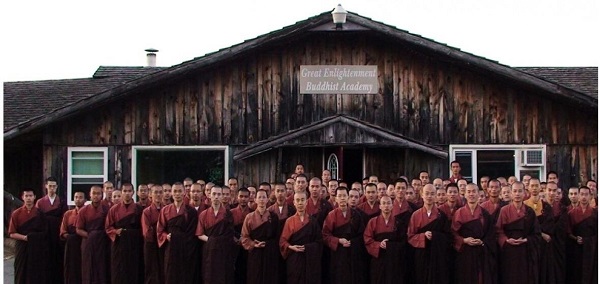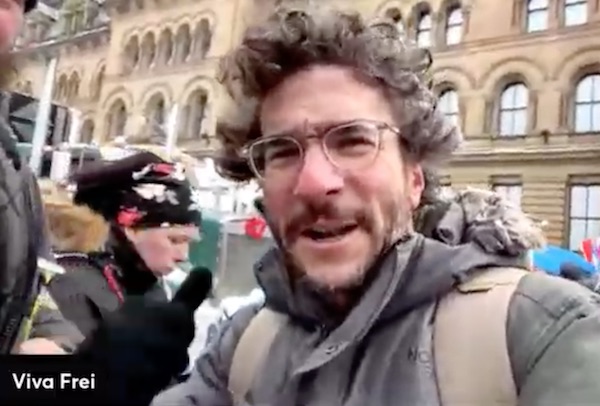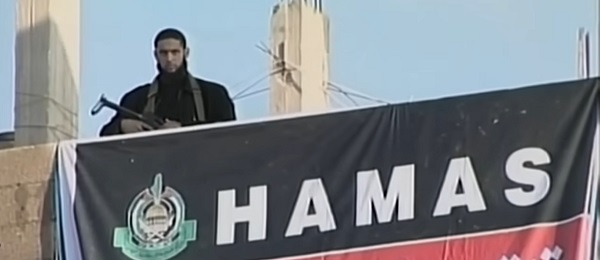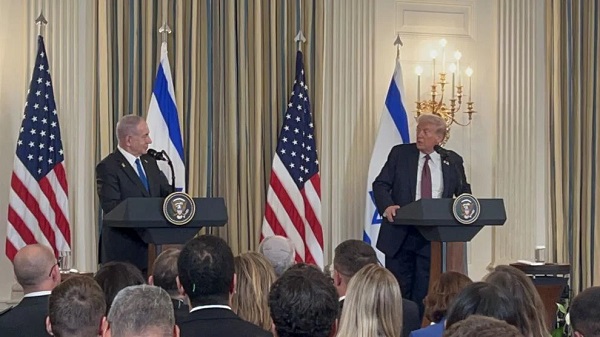illegal immigration
LAPD arrests dozens following downtown L.A. curfew
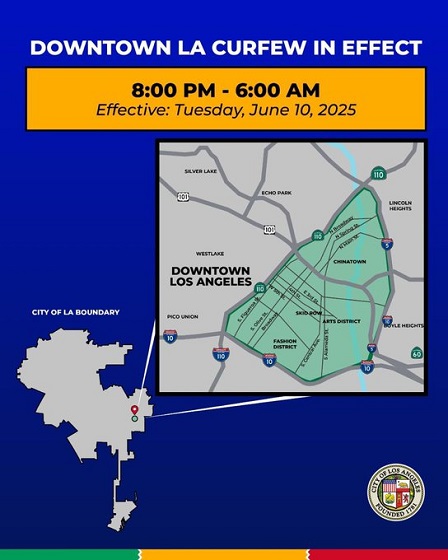
 MxM News
MxM News
Quick Hit:
The LAPD arrested dozens of rioters late Tuesday after declaring an unlawful assembly in downtown Los Angeles, where a curfew is now in effect amid escalating anti-ICE protests. Mayor Karen Bass blamed President Trump’s immigration crackdown for the unrest, while Gov. Gavin Newsom took aim at the administration’s arrests of illegal immigrants.
Key Details:
- LAPD arrested dozens for failing to disperse after an unlawful assembly was declared.
- A mandatory curfew from 8 p.m. to 6 a.m. is now in place in parts of downtown L.A.
- Mayor Bass and Gov. Newsom blasted President Trump over the federal immigration enforcement actions fueling the protests.
Effective June 10, 8 PM-6 AM.
📍Downtown Los Angeles.
Applies to everyone — limited exceptions, including for emergency and medical personnel, residents, workers & credentialed media. pic.twitter.com/KnbwfpaIXG
— Mayor Karen Bass (@MayorOfLA) June 11, 2025
Diving Deeper:
Law enforcement in Los Angeles moved quickly Tuesday night to enforce a newly implemented citywide curfew in response to days of anti-ICE protests that have erupted into vandalism, clashes, and street blockades. The LAPD confirmed the arrest of dozens of individuals who refused to disperse after a declaration of unlawful assembly.
A curfew, ordered by Los Angeles Mayor Karen Bass, went into effect at 8 p.m. and will remain in place nightly in select areas of downtown through at least the end of the week. “I issued a curfew starting tonight at 8pm for Downtown Los Angeles to stop bad actors who are taking advantage of the President’s chaotic escalation,” Bass posted on X. “If you do not live or work in Downtown L.A., avoid the area. Law enforcement will arrest individuals who break the curfew, and you will be prosecuted.”
Video from the scene showed black-clad protesters lighting fires, smashing windows, and throwing objects at police hours before the curfew went into effect. As tensions escalated, LAPD officers moved in to disperse the crowd and made arrests of those who continued engaging in unlawful activity.
The unrest follows President Donald Trump’s decision to expand ICE operations in California, targeting criminal illegal immigrants amid rising concerns about gang violence and human trafficking. Critics on the left, including Gov. Gavin Newsom, have lashed out at the federal crackdown, with Newsom accusing the Trump administration of “traumatizing our communities.”But the White House pushed back, with its Rapid Response team characterizing Newsom’s comments as defending criminals. “Newsom claims President Trump is ‘traumatizing our communities’ by taking criminal illegal immigrant killers, rapists, gangbangers, drug dealers, human traffickers, and domestic abusers off the streets,” the White House wrote on X.
Business
Truckers see pay surge as ICE sweeps illegal drivers off U.S. highways
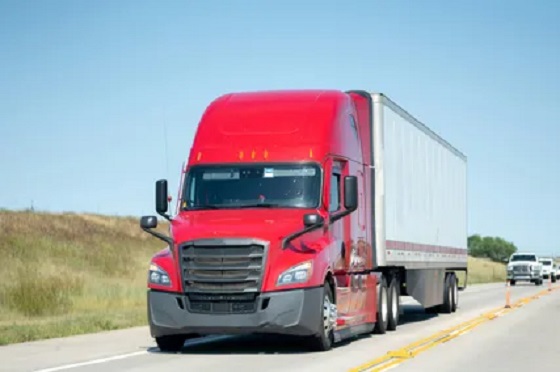
Quick Hit:
American truckers say they’re finally earning more per mile as President Donald Trump’s enforcement push clears illegal drivers off U.S. highways. Truckers have reported 50% pay increases on some routes following a surge of ICE activity and Transportation Secretary Sean Duffy’s crackdown on safety and work permit violations.
Key Details:
- A trucker on X said his usual Chicago-to-Fargo run jumped from $1,200 to $1,800, crediting the Trump administration’s immigration enforcement for thinning out illegal competitors.
- ICE and federal transportation officials have detained or removed illegal drivers in multiple states, with reports of Serbian and Indian drivers losing their commercial licenses after failing to prove legal entry into the U.S.
- FreightWaves founder Craig Fuller noted spot rates have risen about 2% despite weak demand, as “bottom feeders” who undercut prices are being “squeezed out of the market.”
Diving Deeper:
As President Trump’s immigration enforcement intensifies, American truckers are seeing something rare in a sluggish cargo economy: rising wages. Across online freight boards and social media, truckers are crediting the administration’s “Compliance Crunch” — a combination of ICE raids and new safety regulations — for clearing out illegal drivers who had been depressing pay rates for years.
One trucker wrote on X that his typical Chicago-to-Fargo route, which paid $1,200 before the election, now brings in $1,800. “Needless to say, I took him up on the offer,” he posted. “Lord do I hope this hangs around a little bit.”
Transportation Secretary Sean Duffy has been enforcing long-ignored safety and documentation rules, targeting companies that hired drivers without valid immigration status or complete customs paperwork. “We have Americans who’ve been in trucking for 50 years through family businesses,” Duffy told Fox News on October 8. “They can’t do business anymore because you have these illegals coming in, living out of their trucks… they can’t speak the language, and they come in under price — way under price.”
According to reports from The Serbian Times, at least fifteen Serbian drivers have been detained in recent days, and agents have begun seizing commercial driver’s licenses from migrants lacking proof of legal entry. Many of these drivers, primarily from Eastern Europe and South Asia, were able to operate under the Biden administration with minimal oversight — often undercutting legitimate American drivers by accepting lower pay.
Craig Fuller of FreightWaves observed that even though freight volumes remain “anemic,” per-mile spot rates rose roughly 2% as noncompliant firms exit the market. “We are seeing the bottom feeders get squeezed out,” he wrote, adding that most contract carriers haven’t yet felt the wage impact but likely will as enforcement spreads.
Industry experts say nearly one-third of the nation’s freight has been hauled by non-citizen drivers, which trucking analyst Bill Skinner called “not just a safety issue — it’s a national security risk.”
While some corporate logistics networks such as Amazon and Walmart may eventually argue that higher trucking wages could drive up costs, analysts note that the increases are modest and likely offset by fewer accidents, delays, and fraud cases tied to unlicensed or illegal operators.
illegal immigration
$4.5B awarded in new contracts to build Smart Wall along southwest border
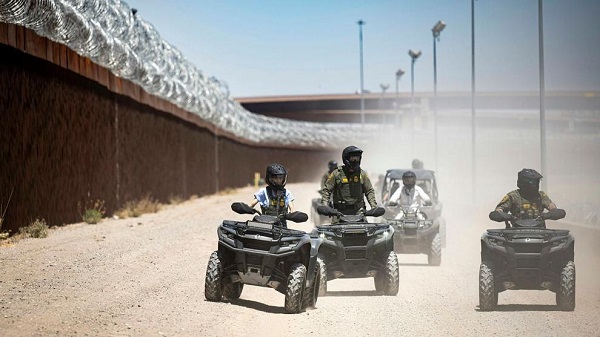
Homeland Security Secretary Kristi Noem rides an ATV along the U.S.-Mexico border wall in El Paso, Texas, on April 28, 2025. Photo: Tia Dufour / U.S. Department of Homeland Security
From The Center Square
By
New contracts to add 230 miles of barriers, nearly 400 miles of technology
Roughly $4.5 billion in contracts have been awarded to expand border wall construction, including adding advanced technological surveillance along the southwest border.
Ten new construction contracts have been awarded through the U.S. Department of Homeland Security and U.S. Customs and Border Protection to add hundreds of miles of Smart Wall in California, Arizona, New Mexico and Texas.
“For years, Washington talked about border security but failed to deliver. This President changed that,” CBP Commissioner Rodney Scott said. “The Smart Wall means more miles of barriers, more technology, and more capability for our agents on the ground. This is how you take control of the border.”

Scott has championed advancing a Smart Wall border security system for years. A border security system is far more than a wall, he has told The Center Square, it’s an ecosystem.
The system encompasses steel and waterborne barriers, patrol roads, lights, cameras, advanced detection technology, including towers and aerostats, to provide Border Patrol agents with a range of tools to detect and interdict illegal activity.
CBP has published an interactive map to educate the public about the Smart Wall system. The map highlights areas of the 1,954-mile U.S.-Mexico border where wall construction has been completed, where border wall panels or waterborne barriers are under construction, where contracts have been awarded for proposed projects in the design phase or early construction, and planned construction areas that haven’t yet been awarded contracts.
Prior to Jan. 20, 2025, 702 miles of existing barriers had been constructed of primary wall and 76 miles of secondary wall, according to CBP data.
The new plan includes implementing barrier technology along 532 miles of the border where no barrier exists because of unfavorable terrain or remote location. It also includes deploying 550 miles of technology throughout previously constructed barriers, CBP says. Specific areas are also being built out in regions where contracts were previously canceled by the Biden administration.
In California, $483.5 million in taxpayer funding was awarded to BCCG Joint Venture for the Diego 1 Project to construct nine miles of new Smart Wall and 52 miles of system attributes in the San Diego Sector.
An additional $574 million was awarded to Fisher Sand & Gravel Co. for the El Centro 1 Project to construct eight miles of Smart Wall and install 63 miles of system attributes in the San Diego and El Centro sectors.
In California and Arizona, $199.5 million was awarded to Barnard Spencer Joint Venture for the Yuma 1 Project to construct 60 miles of system attributes in the Yuma Sector.
In Arizona, nearly $607 million was awarded to BCCG for the Tucson 1 Project to construct 23 miles of new secondary border wall and 66 miles of system attributes in the Tucson and Yuma sectors.
In New Mexico, $155.1 million was awarded to BCCG for the El Paso 1 Project to replace seven miles of old dilapidated barrier fencing in the Santa Teresa Area of Responsibility with a new Smart Wall. BCCG will also complete 22 miles of system attributes in the El Paso Sector in New Mexico.
Also in the El Paso Sector in New Mexico, Barnard Spencer Joint Venture was awarded nearly $579 million for the El Paso 2 Project to construct 23 miles of new Smart Wall and 81 miles of system attributes.
In the El Paso Sector in far west Texas, BCCG Joint Venture was awarded $850.4 million for the El Paso 3 Project to construct 42 miles of new primary Smart Wall, six miles of new secondary border wall and 46 miles of system attributes.
In Texas, BCCG Joint Venture was awarded $565 million for the Del Rio 1 Project to construct 22 miles of new primary Smart Wall, replace two miles of old barrier wall, and deploy 40 miles of waterborne barrier system in the Eagle Pass Area of Responsibility in the Del Rio Sector.
BCCG was also awarded $364.3 million for the Del Rio 2 Project to construct 10 miles of new primary Smart Wall, 23 miles of waterborne barrier system, and install 10 miles of system attributes in Eagle Pass.
BCCG was also awarded $96.1 million for the Rio Grande Valley Waterborne Barrier Project to deploy 17 miles of waterborne barrier in the Rio Grande River, south of Brownsville in Cameron County in the Rio Grande Valley Sector.
Another $550 million worth of contracts was also awarded to support Smart Wall construction. Additional construction and contracts are expected.
Funding for the projects comes from the “One Big Beautiful Bill,” which President Donald Trump signed into law. It also includes some fiscal year 2021 border wall appropriations that were frozen during the Biden administration.
Waivers were also issued by DHS Secretary Kristi Noem to expedite construction of nine miles in the San Diego Sector and 30 miles in the El Paso Sector in New Mexico. Both sectors were inundated with record high illegal traffic during the Biden administration.
-

 Censorship Industrial Complex21 hours ago
Censorship Industrial Complex21 hours agoCanada’s privacy commissioner says he was not consulted on bill to ban dissidents from internet
-

 Alberta1 day ago
Alberta1 day agoOil Sands are the Costco of world energy – dependable and you know exactly where to find it
-

 Alberta20 hours ago
Alberta20 hours agoEnbridge CEO says ‘there’s a good reason’ for Alberta to champion new oil pipeline
-

 Business20 hours ago
Business20 hours agoFormer Trump Advisor Says US Must Stop UN ‘Net Zero’ Climate Tax On American Ships
-

 Energy1 day ago
Energy1 day agoIndigenous Communities Support Pipelines, Why No One Talks About That
-

 Business1 day ago
Business1 day agoFinance Committee Recommendation To Revoke Charitable Status For Religion Short Sighted And Destructive
-

 Health1 day ago
Health1 day agoColorado gave over 500 people assisted suicide drugs solely for eating disorders in 2024
-
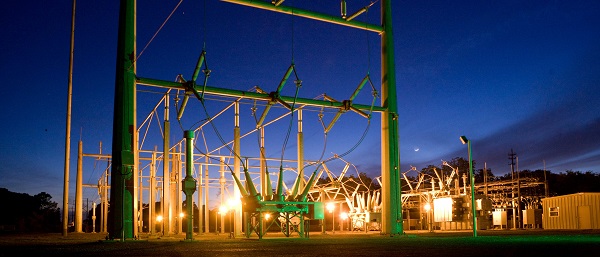
 Business2 days ago
Business2 days agoFinance Titans May Have Found Trojan Horse For ‘Climate Mandates’
